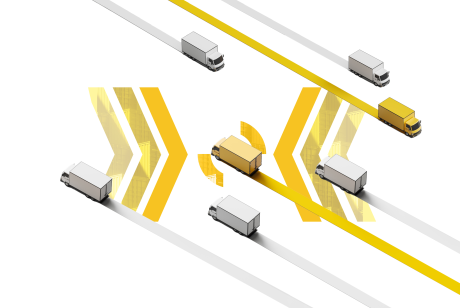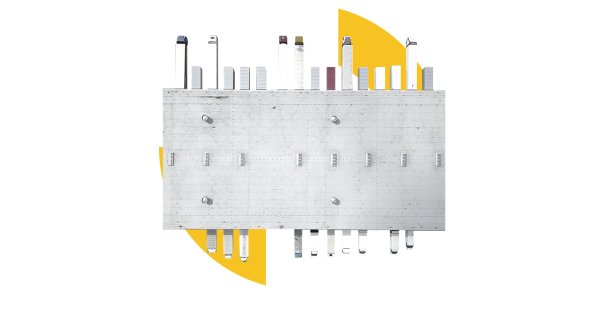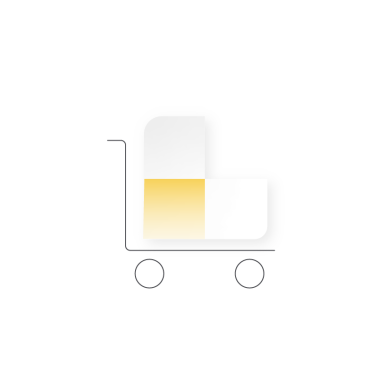How technology is changing spot market pricing
Technology is undoubtedly changing how most industries operate, including supply chain and logistics. Numerous technology solutions attempt to drive efficiency in spot freight procurement by digitising processes, but digitisation alone has failed to deliver substantial improvements. TMS bid management platforms replace outdated email request processes and centralise carrier offers into a single hub but lack data intelligence to inform decision-making or minimise freight costs. Digital freight brokerages (DFBs) streamline quoting and booking processes with well-designed interfaces, but they still use the same pricing methods as traditional freight brokers. Therefore, DFBs have not delivered substantial cost savings.
Advanced technology solutions for spot freight pricing utilise artificial intelligence (AI) and machine learning to improve predictive abilities and deliver better outcomes in the dynamic spot market. Rather than relying on historical lane data to calculate an average “best guess” price, AI utilises machine learning to compare the same historical data against actual human behaviour to develop real-time pricing strategies. This combination of data science (statistical analytics) and behavioural science (behavioural analytics) allows AI technology to predict spot market rates and guide carrier profiling and smart tendering. Dynamic routing guides leverage this technology to help shippers optimise carrier selection.
Understanding why carriers accept spot market loads and tendering customised, relevant offers quickly is paramount when navigating the volatile, dynamic spot freight market. Carrier profiling technology utilises machine learning to determine the decision-making patterns of individual carriers and identify carriers most likely to accept a spot load at a particular rate. Smart tendering is an automated, AI-driven process of tendering spot freight to deliver a balance of speed, cost savings, and the ability to secure capacity. Smart tendering eliminates bid systems by driving customised offers based on carrier profile data, providing carriers with instantly accessible load tenders. Combining these two powerful technologies in a dynamic routing guide approach ensures the best possible spot freight outcomes for procurement teams and streamlines processes for carriers booking spot loads.
AI and machine learning are rapidly changing how shippers navigate the spot freight market with advanced predictive pricing capabilities. How can we harness this same predictive power in routing guides and long-term freight contracts?










